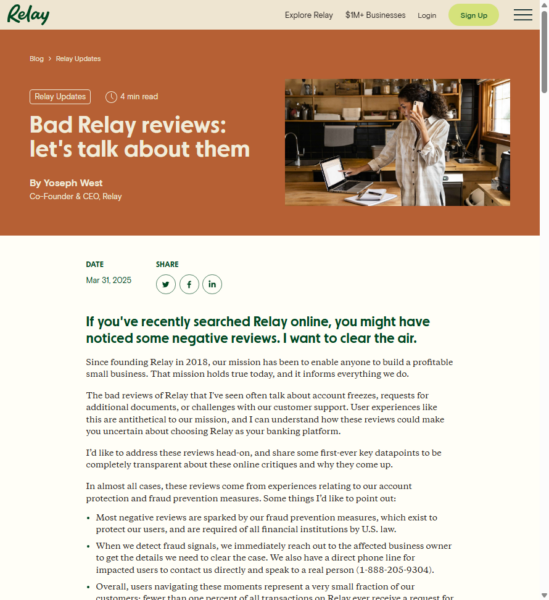Sepsis is a potentially life-threatening bodily reaction to an infection that can develop outside of a hospital or even in a hospital setting. Though it is dangerous, sepsis is also commonly misdiagnosed—both for people presenting symptoms at the doctor or the emergency room and for people already admitted to the hospital. Both the misdiagnosis of sepsis and its development in a hospital may result from medical malpractice, giving injured patients important legal rights to compensation.
What Is Sepsis?
A healthy body will work to fight an infection by sending out chemicals into the bloodstream. In some cases, these chemicals result in inflammatory responses in different parts of the body. These responses can cause damage to multiple organs and even organ failure.
Failure to Diagnose Sepsis
Doctors should understand not just the signs of sepsis, but also the risk factors for patients with infections to develop sepsis. Anyone with an infection—even a sinus infection—can develop sepsis. Elderly patients, very young patients, those with weakened or compromised immune systems, and those with wounds or invasive medical devices face special risks.
While doctors should look out for possible sepsis symptoms in high-risk patients, they should also recognize the signs of this dangerous condition in other patients as well.
The different stages of sepsis each have their own signs and symptoms, so catching it in its earliest stages can minimize the effects on and dangers for a patient. The further sepsis progresses, the more life-threatening it can become.
The three major stages of sepsis include:
Sepsis – The earliest stage of the condition involves two or more of the following:
- A temperature of less 96.8 degrees Fahrenheit or a fever of more than 101 degrees Fahrenheit
- A breathing rate of more than 20 breaths per minute
- A heart rate of more than 90 beats per minute
- Significantly decreased urine output
- Drops in platelet count
- Abdominal pain
- Sudden changes in mental status
- Trouble breathing
- Abnormal heart pumping
Septic shock – In the final, life-threatening stage of sepsis, a patient will exhibit signs of severe sepsis but also an extreme drop in blood pressure. The body does not respond well to IV fluid replacement.
Sepsis does not always cause a life-threatening or fatal condition. If doctors diagnose someone in the early stages of sepsis, they may often treat it with antibiotics and IV fluids. However, as sepsis progresses, the necessary treatments become significantly more extensive. The damage worsens and the condition can turn deadly. In fact, about half of all patients in septic shock do not survive even with treatment.
The timeliness of a sepsis diagnosis is extremely critical, so any failure to diagnose or delayed diagnosis can significantly increase the losses and risks for a patient. If a patient comes to the emergency room or doctor’s office and shows the signs of sepsis, a doctor should perform the proper tests to diagnose the condition. Failing to do so and allowing a patient to suffer the unnecessary progression of sepsis may constitute medical malpractice in many situations.
Sepsis From Hospital-Acquired Infections
Unfortunately, many people get sepsis from infections they contracted in the hospital. When a hospital admits you, you generally expect to get better—not worse. You expect a sanitary environment that will foster good health and not create additional problems. However, the Centers for Disease Control and Prevention (CDC) reports that about 722,000 patients were diagnosed with hospital-acquired infections (HAIs) in one year in the United States. About 75,000 of those patients died in the hospital.
Common HAIs—all of which could lead to sepsis—include:
- Pneumonia
- Urinary tract infections
- Bloodstream infections
- Gastrointestinal infections
- Surgical site infections after inpatient procedures
Numerous factors elevate the risk of hospital-acquired infections. First, many people are in close proximity to a variety of illnesses, exposing patients to a high concentration of germs. Patients also may have weakened immune systems due to their own illnesses, making them more susceptible to germs than usual.
In addition, many patients require invasive treatments, in which foreign objects are introduced into their bodies. This can include an IV, central line, catheter, ventilator, and more. Any time you introduce something new into the body, including these necessary and life-saving treatments, it provides a perfect pathway for infection.
Many hospital patients are recovering from surgeries, which present the opportunity for infections to enter the body. Infections can occur at the site of the surgery, or if doctors implanted a medical device, a patient can develop an infection near the device.
While hospitals are natural hotbeds for infections, the CDC refers to HAIs as a “major, yet often preventable, threat to patient safety.” Doctors, nurses, and hospital staff who take proper measures to ensure the health and safety of patients can prevent these infections.
All too often, however, someone will make an error that leads to an HAI and sepsis, including:
- Improperly washing hands
- Improperly inserting IVs or other equipment
- Providing improper post-operative care
- Using improperly sanitized medical equipment
Hospitals are held to a particular standard of care when it comes to treating patients—and this includes preventing HAIs and sepsis whenever possible. When a hospital fails to meet that standard of care and injures a patient, the patient should hold the hospital liable. In some cases, a patient may even get sepsis in the hospital and have a doctor fail to properly diagnose the condition.
If you believe that you or a loved one contracted sepsis or related complications due to medical negligence, or that medical negligence resulted in a misdiagnosis of sepsis, please contact an experienced medical malpractice attorney as soon as possible.










Comments for this article are closed.